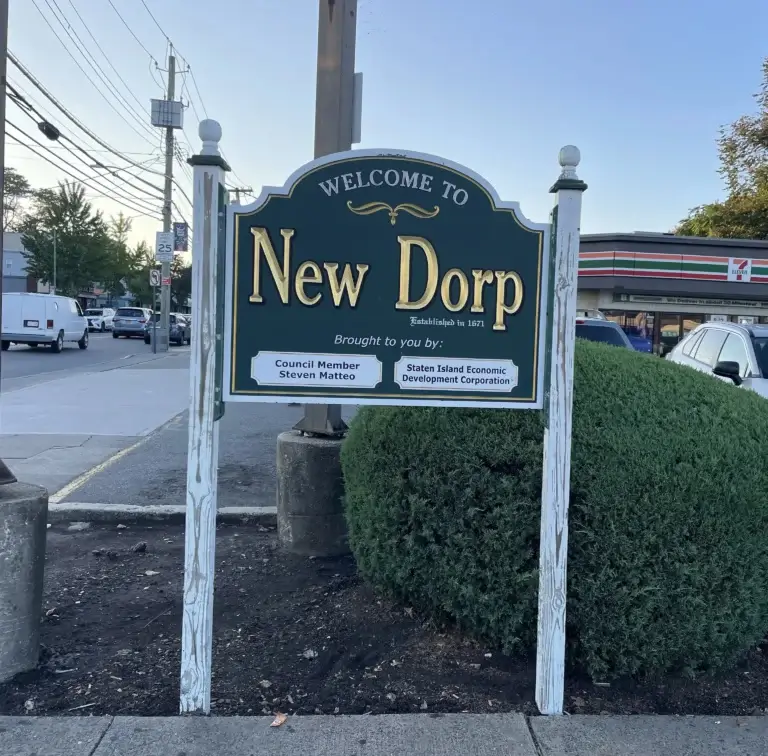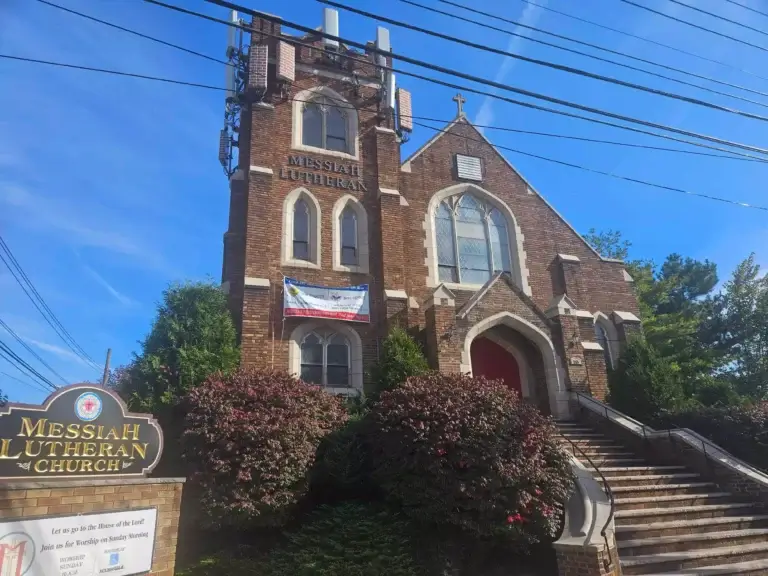Your Guide to Port Ivory: Where History Fuels Future Growth
Welcome to Port Ivory, a one-of-a-kind neighborhood tucked along the Newark Bay on Staten Island. Port Ivory is primarily an industrial area. This riverside area has undergone a transformation over time, seamlessly blending its rich history with a promising future. Once a symbol of American cleanliness due to the presence of the Procter & Gamble Ivory Soap factory, Port Ivory has evolved into an enchanting neighborhood with a unique character. Today, it stands poised to capitalize on exciting development opportunities, promising vibrant days ahead.
Situated between the Arthur Kill and Kill Van Kull waterways, Port Ivory’s location is a key advantage. The neighborhood offers stunning water views and is well-connected to major transportation routes. The availability of land in this area presents a unique opportunity for future development. The planned construction of an intermodal rail yard and the upcoming Arthur Kill Terminal project are indicative of the potential that Port Ivory holds. With possibilities ranging from a vibrant waterfront district to residential areas, commercial spaces, and recreational facilities, Port Ivory is poised for a dynamic transformation.
From Industrial Powerhouse to Evolving Community
Port Ivory, formerly known as Milliken, has seen significant changes over time. Originally, it housed the Milliken Bros. steel manufacturing plant, a major player in the early 1900s. However, the arrival of the Procter & Gamble Ivory Soap factory in 1907 transformed the area. This factory, producing millions of soap bars annually, not only influenced the local economy but also gave rise to the neighborhood’s new name, Port Ivory. Nonetheless, the closure of the soap plant in 1991 marked the end of that era.
Beyond its industrial background, Port Ivory has a diverse transportation history. The Baltimore & Ohio Railroad passed through, with a stop known as Erastina (later renamed Mariners Harbor) nearby, even serving visitors to Buffalo Bill’s Wild West Show in the 19th century. The decline of oyster harvesting in the Kill Van Kull, due to pollution, affected the neighborhood’s economy in the 20th century, highlighting its connection to the health of the surrounding waterways.
Additionally, Port Ivory’s location along the Arthur Kill waterway meant it was once served by a passenger rail line. Passenger services ceased in 1953, and by the 1990s, freight services had also concluded. The tracks remain as silent witnesses, with no current intentions to reinstate passenger service.
During the Civil War, Port Ivory was considered a potential site for a Union Army storage depot, owing to its proximity to major transportation routes.
Today, while traces of its industrial past remain, Port Ivory is on the brink of a new era. Its strategic location and available land make it ripe for development, as evidenced by projects such as the intermodal rail yard and the upcoming Arthur Kill Terminal. Plans for a lively waterfront district, encompassing residential, commercial, and recreational spaces, indicate that Port Ivory is poised for dynamic change in the years to come.
Demographics of Port Ivory
Port Ivory is known for its diverse demographic profile. Here are some key demographic details:
- Population: Port Ivory is home to approximately 1,338 residents.
- Population Density: The population density in Port Ivory is about 576 people per square mile.
- Race and Ethnicity: The racial and ethnic composition of Port Ivory is diverse, with 58.8% identifying as Black, 26% identifying as Hispanic or Latino, and 13.6% identifying as White.
- Median Household Income: The median household income in Port Ivory is $86,967, which is higher than the New York median household income of $79,557.
- Housing: The area has a mix of owner-occupied houses and condos, with a wide range of values.
Education in Port Ivory
Port Ivory has several schools serving the community:
- PS 44 Thomas C. Brown at 80 Maple Parkway, Staten Island, NY 10303.
- Staten Island School of Civic Leadership at 280 Regis Drive, Staten Island, NY 10314.
- Port Richmond School for Visionary Learning at 1625 Forest Avenue, Staten Island, NY 10302.
- P.S. 21 Margaret Emery-Elm Park at 168 Hooker Place, Staten Island, NY 10302.
- P.S. 022 Graniteville at 1860 Forest Avenue, Staten Island, NY 10303.
These schools shape the educational environment of Port Ivory, providing diverse opportunities for local students.
Transportation
Public transportation options in Port Ivory are quite accessible. The MTA operates several bus lines near the area, including the S40, S48, and SIM33C. The closest bus stop, Richmond Ter/Federal Pl, is just a 12-minute walk from Port Ivory. To plan your bus trip, you can conveniently use the MTA website. Additionally, ride-sharing services like Uber and Lyft are available on Staten Island, providing alternative transportation solutions if you don’t have access to a car or if public transportation isn’t the most convenient option. Although Port Ivory is mainly an industrial neighborhood with a high number of residents commuting by car, it also offers private car services such as taxis, which are readily available upon request.
Outdoor Activities in Port Ivory
There are several parks nearby that offer a variety of outdoor activities:
Clove Lakes Park: Just a short distance from Port Ivory, Clove Lakes Park is a sprawling green space with plenty to offer. You’ll find lakeside views, a boathouse where you can rent paddle boats, walking paths, playgrounds, a dog run, a skate park, and even a golf course.
High Rock Park: Another option close by is High Rock Park, which provides stunning views from its rocky outcrop. This park features walking trails, a pond, and a playground for some outdoor fun.
Willowbrook Park: While a bit further out, Willowbrook Park is worth the trip with its serene lake perfect for canoeing, various sports fields, playgrounds, a butterfly garden, and areas for organized activities.
These parks are just a taste of the outdoor recreation options near Port Ivory. Depending on your interests, there are plenty more parks to explore. Check out our Staten Island Parks Guide for a complete list of parks in the area.
Conclusion
Port Ivory has undergone a remarkable transformation. Once home to the Ivory Soap factory, this neighborhood now has prime development opportunities. Its location between the Arthur Kill and Kill Van Kull, and the available land, makes it ripe for new projects. Plans include a vibrant waterfront district with residential, commercial, and recreational spaces. Developments like the intermodal rail yard and Arthur Kill Terminal signal Port Ivory’s potential. As it sheds its industrial roots, the neighborhood is poised to become a thriving destination on Staten Island.







